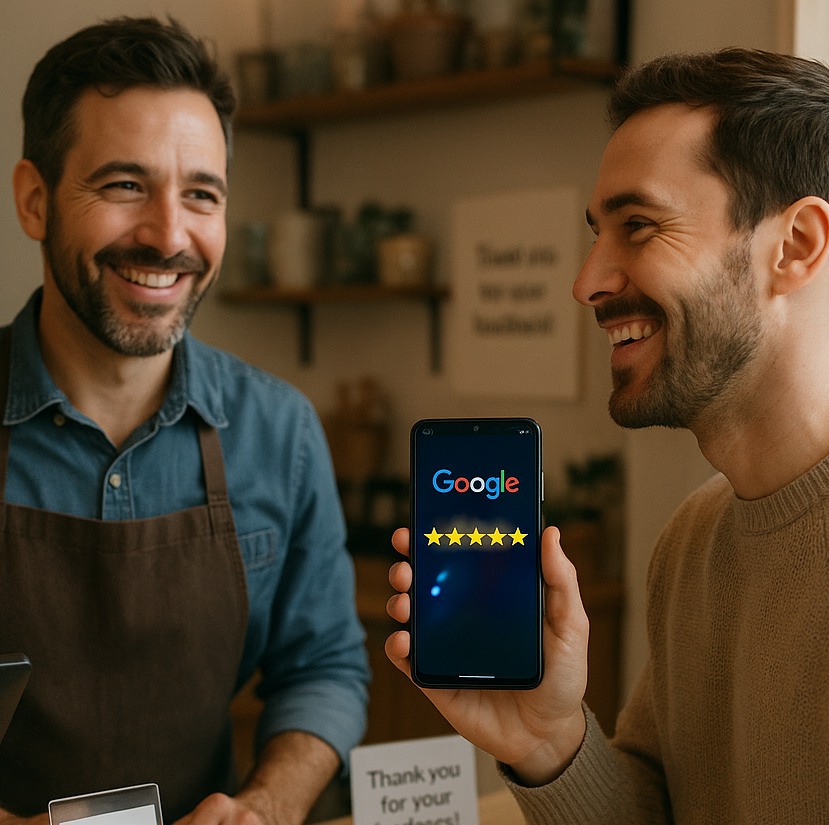Storytelling in Social Media Ads: A Guide for Small Businesses
The Art of Storytelling in Social Media Ads: A Small Business Guide to Captivating Content
Have you ever wondered why some social media ads stop you mid-scroll while others fade into the digital abyss? The secret isn't in flashy graphics or clever wordplay – it's in the age-old art of storytelling. When small businesses harness the power of narrative in their social media advertising, magic happens.
Let's face it: nobody wakes up excited to see ads. Yet, we're all hardwired to love a good story. It's embedded in our DNA, from ancient cave paintings to today's viral TikTok videos. When you wrap your marketing message in a compelling narrative, you're not just selling – you're inviting your audience into an experience they can't resist.
The Psychology Behind Story-Driven Ads
Our brains light up differently when we encounter stories. While facts and figures might make us think, stories make us feel. They trigger emotional responses, release dopamine, and create lasting memories. For small businesses, this neurological response is pure gold. When potential customers connect emotionally with your brand through storytelling, they're not just more likely to buy – they're more likely to become loyal advocates.
But here's the kicker: storytelling in social media ads isn't just about spinning yarns. It's about crafting authentic narratives that resonate with your target audience while staying true to your brand's identity. Think of it as building a bridge between your business's values and your customers' desires.
Breaking Down the Story Structure
Every powerful social media ad story follows a simple yet effective framework. Picture this: you're watching a movie that starts with a bang, presents a challenge, and wraps up with a satisfying resolution. Your ad should do the same, just in miniature.
First comes the hook – that scroll-stopping moment that demands attention. Maybe it's a relatable situation, an unexpected twist, or a thought-provoking question. For instance, "Remember when morning coffee was actually enjoyable, not just necessary?"
Next, you present the problem. This is where you show your audience you understand their pain points. It's the "yeah, that's exactly how I feel" moment that builds trust and credibility. The key is specificity – don't just say life is hard, show exactly how and why.
Finally, there's the solution – your product or service swooping in to save the day. But here's where many businesses stumble: don't just state what you offer, show the transformation. Paint a picture of life after your solution enters the scene.
Real-World Application: The Coffee Shop Story
Consider Sarah's Coffee Corner, a local café struggling to stand out in a sea of chain coffee shops. Instead of posting generic "Best Coffee in Town!" ads, they tell stories that connect:
"It's 7 AM. Sarah watches another bleary-eyed dreamer shuffle through our doors, laptop bag slung over one shoulder, yesterday's determination hanging by a thread. But then something magical happens. The rich aroma of freshly ground beans fills the air. The first sip of our hand-crafted latte touches their lips. Suddenly, shoulders straighten. Eyes brighten. That spark returns. Because at Sarah's, we don't just serve coffee – we fuel tomorrow's success stories, one cup at a time."
See the difference? This isn't just about coffee anymore. It's about transformation, hope, and community. It's about being part of something bigger than a morning beverage.
Crafting Your Story: Essential Elements
Authenticity reigns supreme in social media storytelling. Your audience can spot manufactured authenticity from a mile away. Share real customer experiences, behind-the-scenes glimpses, and genuine moments that showcase your brand's personality.
Visual elements play a crucial role too. Whether it's photos, videos, or graphics, your visuals should enhance your story, not distract from it. Think of them as the book illustrations that bring your words to life.
Remember to keep your stories concise and powerful. Social media users have shorter attention spans than goldfish (literally – studies show it's down to about 8 seconds). Make every word count.
Measuring Success and Adapting
The beauty of social media advertising lies in its measurability. Track engagement metrics, but look beyond likes and shares. Pay attention to comments, direct messages, and the quality of interactions your stories generate. Are people relating to your content? Are they sharing their own similar experiences?
Use this feedback to refine your storytelling approach. Maybe your audience responds better to humor than emotion, or perhaps they prefer customer success stories over behind-the-scenes content. Let the data guide your narrative evolution.
The Path Forward
As social media platforms evolve and attention becomes increasingly precious, storytelling remains your most powerful tool for cutting through the noise. It's not just about selling products or services – it's about creating connections, building community, and inspiring action.
Start small. Choose one story from your business – perhaps how you started, a customer you helped, or a problem you solved. Share it authentically, measure the response, and build from there. Remember, every great brand started with a single story well told.
Your small business has stories worth sharing. Stories that can stop the scroll, spark connections, and turn casual browsers into loyal customers. The question isn't whether to use storytelling in your social media ads – it's which story you'll tell first.





